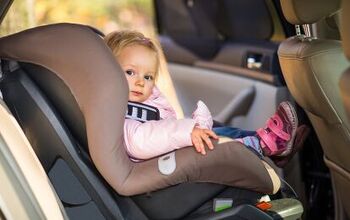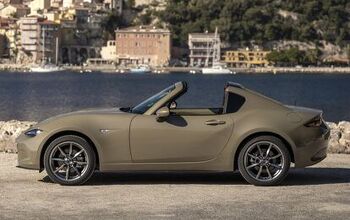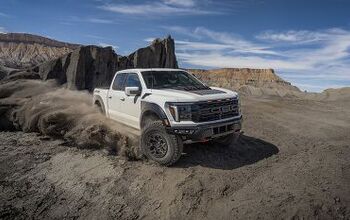Fords Boosts Restoration Parts Inventory for Older Models
For a long time, Ford enthusiasts looking to restore older models often had their work cut out for them. Generally the manufacturer would discontinue its inventory of OE replacement parts as the vehicle reached its 10th birthday. However, in the last decade, fueled by the popularity in restoring and enjoying vehicles such as classic Mustangs, that situation is fast becoming a distant memory. Ford has been steadily adding more and more reproduction and restoration parts for older vehicles and today, the restoration parts catalog lists more than 9,000 items for various classic Ford, Lincoln and Mercury models. Among the most exciting for enthusiasts are once hard to find trim and interior components, along with complete reproduction body shells for 1967, ’68, ’69, and ’70 Mustang Fastback/Sportsroof models, plus replacement sheetmetal components such as complete fenders, floor pans, trunk panels, hoods. Shortly the company will be adding reproduction bodies for first generation (1966-77) Broncos, items that have been highly anticipated among classic off-roading enthusiasts.
According to Dennis Mondrach, Restoration Licensing Manager, Ford Component Sales “you can literally build a 1967 Mustang using officially licensed Ford Restoration parts, right from your computer, without ever having to visit a wrecking yard.”
Add the fact that Ford Racing has recently introduce a line of affordable, tractable crate engines, designed for many vehicles from the 1950s through the 1980s, the possibilities today are almost endless. And it looks like that in the future, things will only get better for those looking to restore a classic Ford vehicle, based on the processes now in place.
“When Ford stops making a part and retires the tooling, that tooling is then offered to FCS. Based on the type of component and whether we think it would be of interest to the vintage vehicle market, we then offer it to one of our 75 licensed manufacturers and they put the tooling back into service,” Mondrach says.
A strict licensing process is designed to ensure that any reproduction parts bearing official Ford trademarks meet the required quality standards and authenticity (in the past, restorers often had to content with poorly fitting components that frequently required modification). All Ford Restoration parts licensees have to complete a quality assurance survey and meet all federal and state safety regulations, plus in order to maintain quality, master samples of each restoration part are retained after approval has been granted and used as quality benchmarks for future production runs. And although Mustangs and Ford trucks are among the most popular candidates, the restoration program offers stuff designed for everything from Model Ts up to Ford vehicles built a decade ago. “We license original Model A and T parts and [for these cars] can even offer replacement hand made brass radiators,” states Mondrach.
Ford’s restoration parts program has been very well received in the enthusiast community and both the Mustang Club of America and the Thunderbird Club of America have awarded FCS special recognition for providing reproduction parts that are almost identical to the originals. High praise indeed.
[Source: Ford Restoration Parts]
More by Huw Evans
































Comments
Join the conversation
looking for curtesy light pannels for a 1967 two door nos or great used thanks for any help.